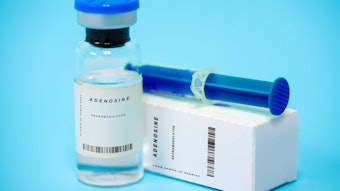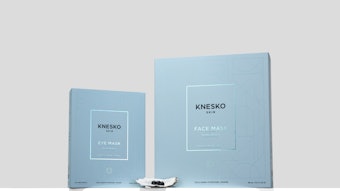Kline study reveals direct sales has emerged as the fastest-growing retail channel in the world for beauty products, posting an 8.6% increase.
As developing nations continue to embrace modern retail formats, beauty marketers in the Western world are working overtime to devise market-specific strategies to keep up with changing consumer behavior. According to data from Beauty Retailing Global Series, the latest research conducted by Kline & Company, the nuances of each individual market demand that beauty brands evolve alongside consumers to compete on the worldwide stage.
“The takeaway message is that there is no one-size-fits-all strategy for success,” says Carrie Mellage, director of consumer products research for Kline. “The unique features of each country require marketers to think globally but act locally to capitalize on specific opportunities. As an example, the rural population in Brazil is a huge potential market that depends heavily on direct person-to-person sales, while the more sophisticated and fickle shoppers in the mature beauty markets must be lured with exclusive offers, steep discounts, cool iPhone apps and social media connections.”
In the U.S., the weak economy has forced department store share of the total market down another two points versus 2003 levels. The decline has prompted both marketers and retailers to actively engage customers with purchase incentives, loyalty programs and even direct sales. Brands such as Lancôme, Estée Lauder and Clarins have stepped up marketing directly to customers with online enticements such as bonus gifts and free shipping with purchase.
As a result of stellar growth in developing countries, direct sales has actually emerged as the fastest-growing retail channel in the world for beauty products, posting a robust 8.6% increase in sales—nearly double that of the overall market. Driven partly by the earnings potential for person-to-person sales in light of a difficult job market, Internet sales have also contributed to channel growth, more than doubling over the past five years, as consumers have become increasingly comfortable making online purchases.
“Savvy brands are employing a mix of complementary channels—including online sales, catalogs and social networking—to maximize their reach and target consumers in the format that’s most comfortable for them,” explains Karen Doskow, industry manager for consumer products research at Kline.
Through novel approaches—such as YouTube videos that show how to apply products, interactive try-before-you-buy apps for the PC and iPhone, and even sampling programs such as New Beauty’s members-only TestTube and vending-machine-like mall kiosks—brand marketers hope to diversify their customer base by going direct to the consumer.
In China, double-digit growth is led by expansion in the number of doors across all channels, including department stores Parkson and Wangfujing, mass merchandisers Carrefour and Walmart, and specialty stores Sephora and 1000 Colors. Meanwhile, India’s independent, owner-operated kiranas—unlike any other outlet in the world—remain the mainstay of the personal care market with 78% market share and 9% growth in the past five years. However, despite the unique format of kiranas, faced with impending competition from homogenizing retailers Walmart and Carrefour, many kiranas have started to adopt Western retail concepts.
Around the world, chain drug stores have dramatically increased floor and shelf space for beauty products and introduced a more posh shopping environment that mimics the feel and service levels of specialty or department stores, but with the convenience of drug store, to lure customers. This has helped spur growth of 5.4% through the channel, still ahead of the market’s overall 4.7%growth.










